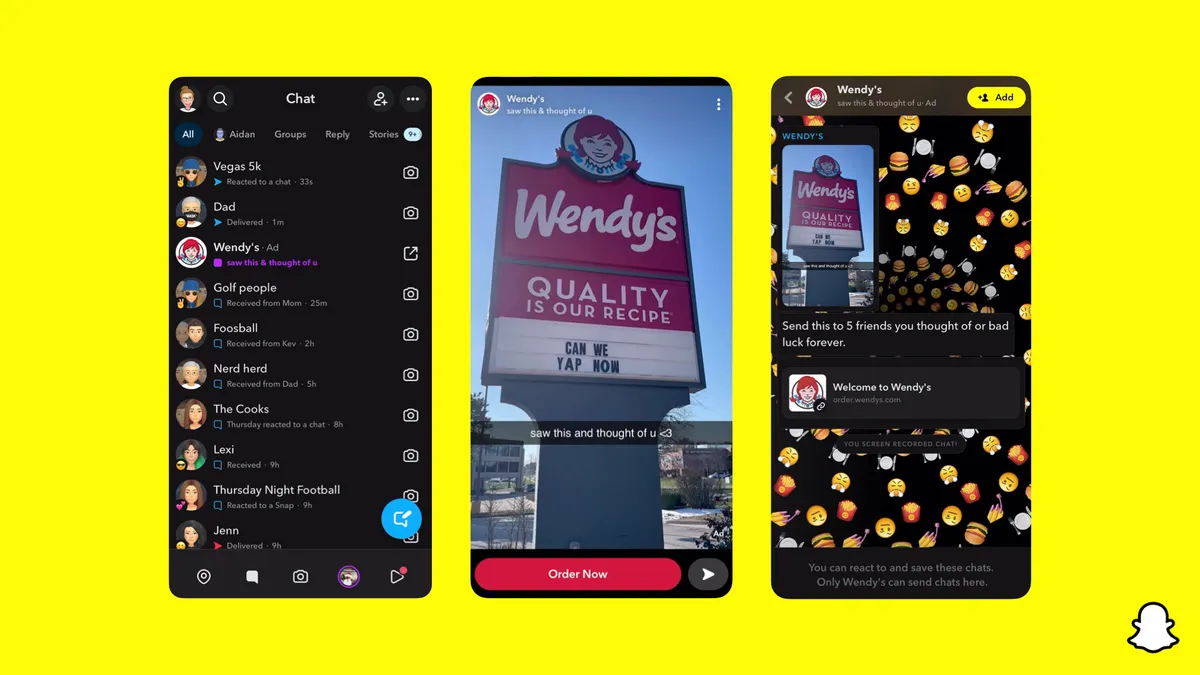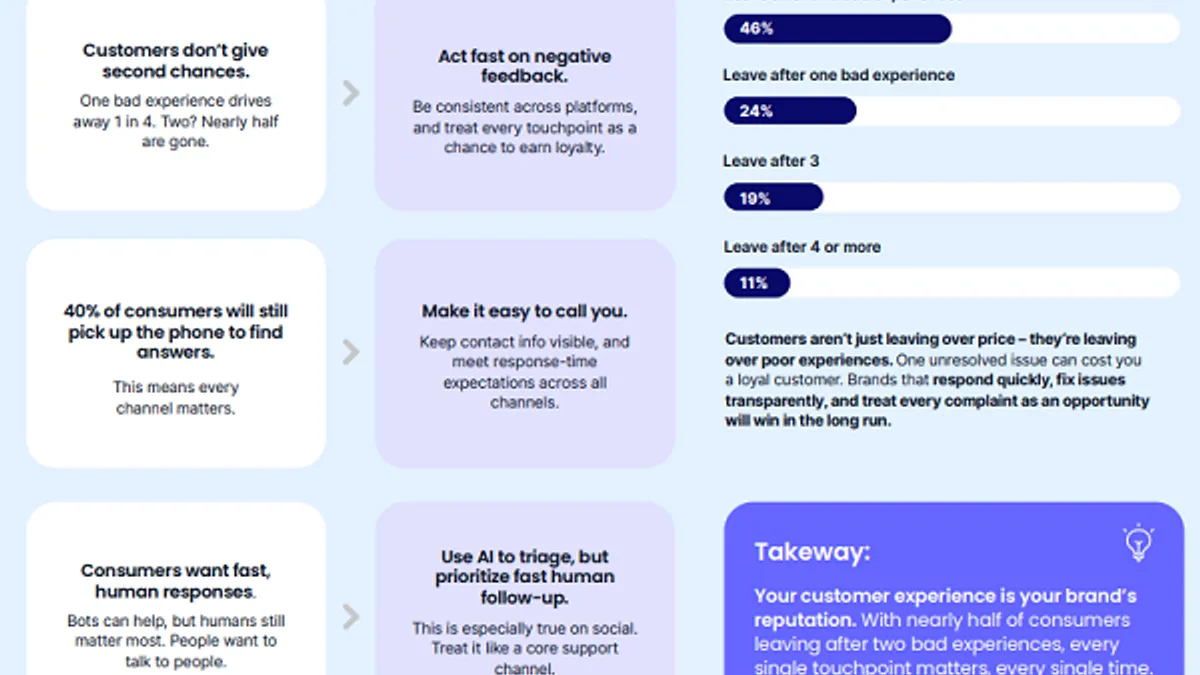Marriott International is building on its early use of chatbots to enhance guests’ experience through Facebook Messenger and Slack by adding WeChat and Google Assistant as additional channels.
The travel and hospitality firm announced in September the ChatBotlr, a chatbot for its Aloft hotel brand that uses artificial intelligence to handle a variety of guest requests via text message. Its existing chatbots, meanwhile, which it developed and manages via tools from New York-based mobile messaging firm Snaps, have provided stay-related customer service to 44% of Marriott Rewards members this year across 4,700 hotels through Facebook Messenger alone. This could include changing reservations, answering questions on how to redeem points or checking an account balance. Last month, Marriott added the ability to book through Slack by using an emoji.
Amanda Moore, senior director of Social & Digital Marketing at Marriott International, told Mobile Marketer that use of chatbot services at the company has grown 85% month over month since the technology was launched via Facebook Messenger about a year ago. Marriott has considerable experience in marketing and serving customers through Facebook, having used it in some way as a channel since 2015, she said.
Using chatbots before, during and after a visit
According to Moore, the opportunity for marketers to use chatbots goes way beyond merely handling requests or feeding information to customers at the time they make a reservation or some kind of purchase.
“What we’ve built is this engagement ecosystem where we want to be available beyond the stay — pre, during and post stay,” she said.
Someone might use the chatbot to check availability for a visit to a Marriott hotel in Miami, for example. Whether they ended up booking or not, the chatbot might later send links to personalized content such as articles about Miami’s top restaurants, tours or other local experiences to explore via its Marriott Rewards Moments program. The content for such inspiration can come from Marriott’s owned media entities such as its "Marriott Traveller" magazine.
While Facebook is an obvious choice of social channel given its massive popularity, adding alternatives makes sense for different use cases, Moore said. Slack, for instance, is primarily known as a workplace collaboration tool, so those booking business travel for a group can use the chatbot to propose various hotels and have team members vote using an emoji, she said.
Keeping it human-centered
Brands who want to explore chatbots should think carefully about their discovery strategy, Moore said. In other words, it's important to make sure customers are aware that chatbots are an option. Marriott can use a lot of its owned digital entities to do this, she said, where the message is focused on reassuring Marriott Rewards members they won’t feel alienated by the technology.
“We truly believe the machine experience is best paired with a human,” she said. “They can always signify if they want to speak to a real person. If the chabot can’t answer a question, it can route to one of our associates.”
In a recent blog post on hotel bots, Snaps cited Marriott as a pioneer in its use of chatbots and suggested a similar hybrid approach to enhancing guest experiences.
“When a guest feels that there is a real person on the other end of the conversation, it quickly results in conversions,” the company said. “The hotel bot also frees up time for employees to engage more with guests once they have arrived at the hotel and significantly reduces reception workload.”
The road ahead
Snaps introduced a cloud-based marketing dashboard this past summer, and Moore said Marriott has been using its analytical capabilities to assess usage trends such as time spent using the chabots, the number of repeat users and the most common use cases. “That informs our future roadmap,” she said.
Of course, not everyone coming, staying or leaving a Marriott property is going to want to interact with a chatbot, and Moore admitted that there are always questions of how data is being collected and used. This is where segmenting a marketer's customer base is critical — and piloting new channels and features with those who have shown an interest in being early adopters before, like rewards members.
“In the past, I think we’ve gone very broad, and you get mixed reactions,” she said. “I think the best approach is starting with members who know us best. They’re very familiar with the channels we offer. We can start there and then broaden our scope.”






















